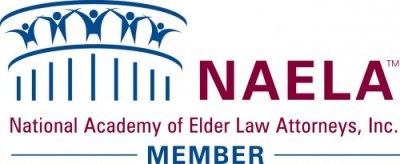 As many as eight million eligible citizens may not have received their second Covid relief checks, primarily because their income is so low that they have not been required to file tax returns. On January 22, President Biden issued an executive order instructing the Internal Revenue Service (IRS) to take steps to help this population obtain their payments.
As many as eight million eligible citizens may not have received their second Covid relief checks, primarily because their income is so low that they have not been required to file tax returns. On January 22, President Biden issued an executive order instructing the Internal Revenue Service (IRS) to take steps to help this population obtain their payments.
“To ensure equitable and effective delivery of direct payments and focus on getting relief to eligible individuals who have not received the financial assistance to which they are entitled, the President is asking the Department of Treasury to consider taking a series of actions to expand and improve delivery of Economic Impact Payments including establishing online tools for claiming their payments, working to make sure that those who have not yet accessed their funds get the relief they deserve, and analyzing unserved households to inform additional outreach efforts,” the White House said in a news release announcing the executive order.
Under the Coronavirus Response and Relief Supplemental Appropriations Act, signed into law December 27, 2020, people with annual gross incomes of $75,000 or less are entitled to a one-time relief payment of $600 ($1,200 for couples who filed joint taxes), plus an additional $600 per child in the household. People with incomes up to $87,000 are entitled to smaller checks.
These amounts are less than those in the CARES Act, passed by Congress in March 2020 at the start of the COVID-19 pandemic, which authorized $1,200 payments. The CARES Act contained the same $75,000 threshold for full payments, but provided smaller payments for people with incomes up to $99,000.
For most people, eligibility for the latest round of payments is determined by what they reported on their 2019 tax returns. These individuals should have received their payments in the first two weeks of January. Certain public benefits recipients, including those receiving Social Security Disability Insurance and Supplemental Security Income benefits, should also have received their checks automatically.
However, that still leaves millions of low-income people who likely did not file tax returns in 2019 because because they simultaneously earned too little income and lack sufficient employment history for that year.
For the CARES Act, the IRS created a non-filers online tool for this population, allowing them to file a simplified tax return so they could receive relief checks. Those who used the non-filers tool last year to obtain their first relief check should have already received their second relief check.
The non-filers tool, however, closed on November 21 and the Trump Administration did not create a replacement. For non-filers who had not used the non-filers tool previously, the only option provided was to file 2020 taxes, which would enable to them to receive a credit on tax returns as a replacement for the missing relief payments, something called the Recovery Rebate Credit.
Pursuant to the new executive order, the IRS is expected to issue a new online portal, similar to the non-filers tool, for the second round of payments.
The IRS should be issuing more guidance soon. To check for new updates, visit the IRS’s frequently asked questions page about the relief payments.





